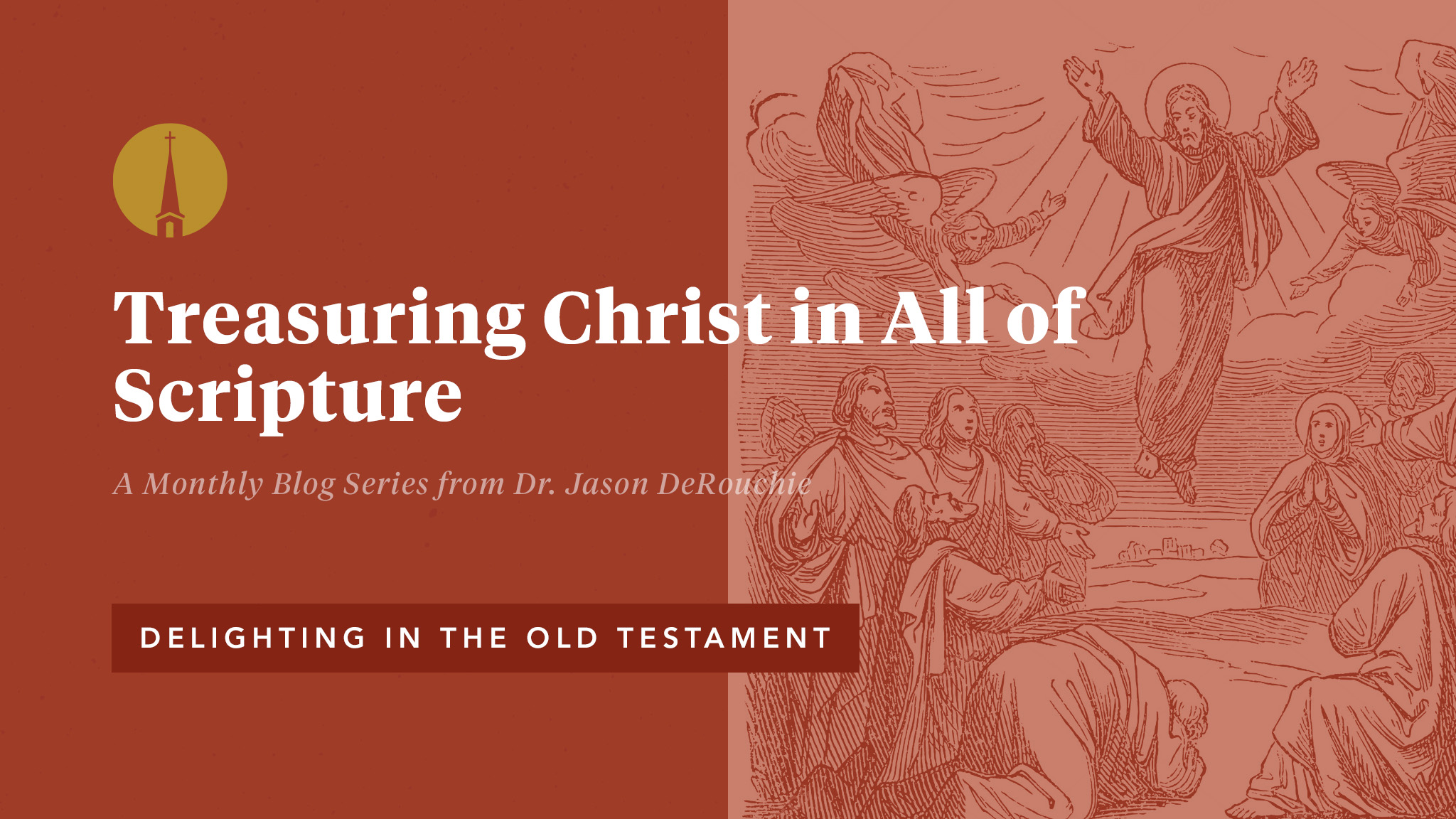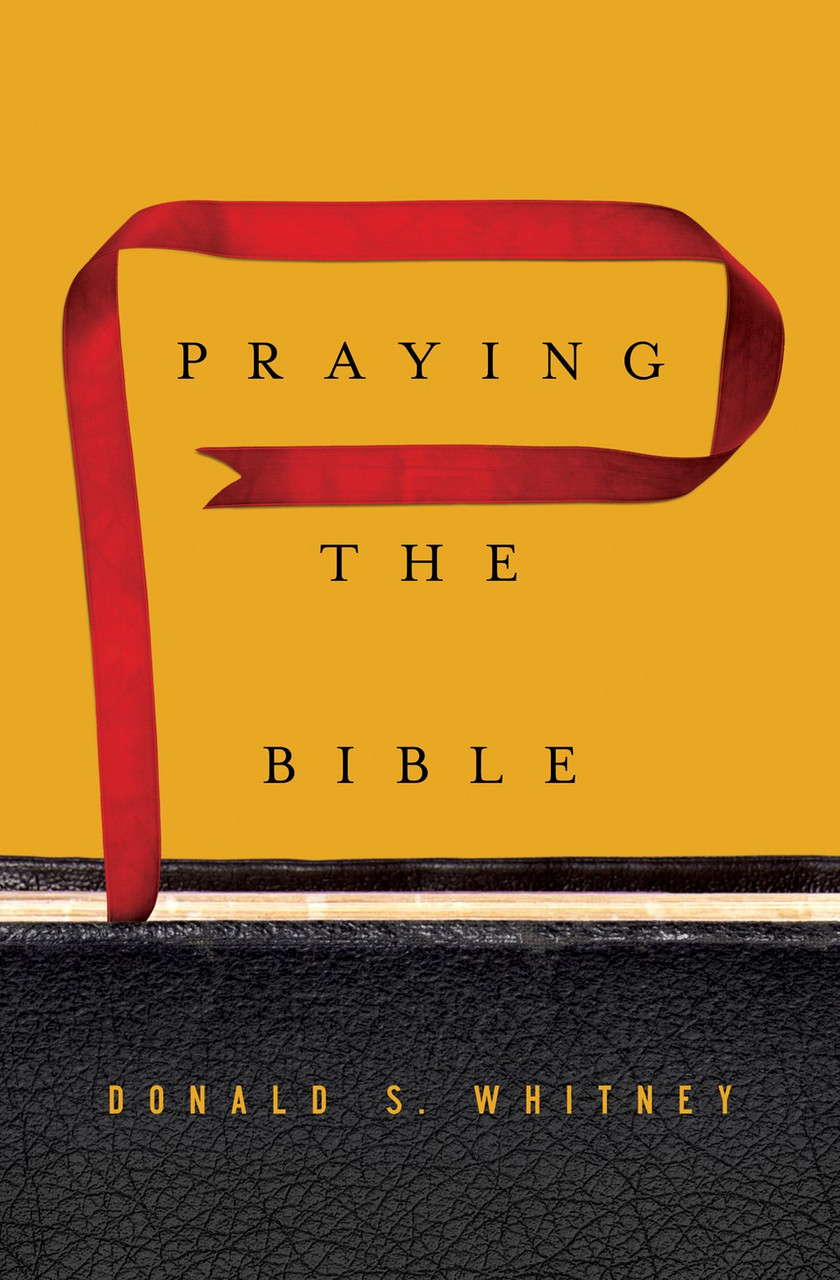
“And beginning with Moses and all the Prophets, he interpreted to them in all the Scriptures the things concerning himself” (Luke 24:27). The only Bible Jesus had was what we call the OT, and he believed that his Scriptures bore witness about him (John 5:39) and that everything they said about him would be fulfilled (Luke 24:44).
Christ’s followers, then, should be intent to properly magnify Jesus where he is evident. As the Puritan theologian John Owen wrote in 1684, “The revelation … of Christ … deserves the severest of our thoughts, the best of our meditations and our utmost diligence in them.” 1 To accomplish this faithfully, one must employ a multifaceted approach that accounts for the centrality of Jesus in all God is doing in history.
How to Engage in Christ-Centered OT Interpretation
Considering the relationship of the Testaments and Scripture’s unity centered on the divine Son, G. K. Beale has noted five principles that are rooted in the OT’s own story of salvation history and that guided the NT authors’ interpretive conclusions:2
- The NT authors always assume corporate solidarity, in which one can represent the many (e.g., Rom 5:18–19).
- Christ represents the true (remnant) Israel of the old covenant and the true (consummate) Israel, the church, of the new covenant (e.g., Isa 49:3, 6; Luke 2:32).
- God’s wise and sovereign plan unites salvation history in such a way that earlier parts correspond to later parts (Isa 46:9–10; Luke 16:16).
- Christ has initiated (though not consummated) the age of end-times fulfillment (e.g., Heb 1:2; 9:26).
- Christ and his glory stand as the end-time center and goal of history, such that his life, death, and resurrection provide the key to interpreting the OT and its promises.
These principles directed the way Jesus and the apostles interpreted Scripture, and they should inform every Christian approach to the OT.
Furthermore, the fact that God authored Scripture and gives it an overarching unity demands that all OT interpretation consider three distinct but overlapping contexts:3
- The close context focuses on a passage’s immediate literary setting within the whole book. Here we observe carefully what and how the text communicates, accounting for both the words and the theology that shapes those words.
- The continuing context considers the passage within God’s story of salvation. We examine how a text is informed by antecedent Scripture and contributes to God’s unfolding kingdom drama.
- The complete context concerns a text’s placement and use within the broader canon. We consider how later Scripture might use the passage, remembering that the divine authorship of Scripture allows later passages to clarify, enhance, or deepen the meaning of earlier texts.
Only by considering all three contexts will Christian interpreters be able to fully grasp God’s intended meaning of OT passages and understand how those texts point to Christ.
Six More Ways to Treasure Christ in the OT4
Along with tracing Scripture’s kingdom program climaxing in Jesus (discussed in the previous post), the salvation-historical, Christocentric model presented here proposes at least six other ways God exalts Jesus in the OT.
1. Treasuring Christ through the OT’s Direct Messianic Predictions
In Acts 3:18, 24, Peter stresses that every one of the prophets, from Moses onward, anticipated the Messiah’s suffering and the days of the church. The OT, then, is loaded with explicit and implicit direct messianic predictions. For example, Moses records that Yahweh promised Abraham that a single male offspring would “possess the gate of his enemies” and that “all the nations of the earth” would regard themselves “blessed” in him (Gen 22:17b–18). Paul, then, notes how in Christ God fulfilled his promise to bless the Gentiles (Gal 3:8, 14). So, when you read the OT’s messianic predictions, see and savor how the divine Son realizes these hopes.
2. Treasuring Christ through Similarities and Contrasts of the Old and New Ages and Covenants
Jesus’s saving work creates both continuities and discontinuities between the old and new ages and covenants. For instance, while both covenants contain a similar structure (i.e., God first redeems and then calls his people to obey), only the new covenant supplies freedom from sin and power for obedience to all covenant members (Jer 31:33–34). Similarly, whereas God used the blood of bulls and goats to atone in the old covenant, Christ’s substitutionary sacrifice alone provides the ground for eternal redemption (Heb 9:11–14). These kinds of similarities and contrasts encourage a messianic reading of the OT. We can treasure Christ’s work by identifying the patterns and transformations.
3. Treasuring Christ through the OT’s Typology
God structured salvation history in such a way that certain OT characters (e.g., Adam, Moses, David), events (e.g., the flood, exodus, return to the land), and institutions or objects (e.g., the Passover lamb, temple, priesthood) bear meanings that clarify, color, or predictively anticipate the Messiah’s life and work. The NT calls these pointers “types” or “examples” (Rom 5:14; 1 Cor 10:6). They find their counter in Jesus as their ultimate realization (“antitype”). When you identify OT types that clarify and anticipate Christ’s person and work, see and celebrate the Son as the substance of all earlier shadows.
4. Treasuring Christ through Yahweh’s Identity and Activity
Jesus said that no one has ever seen God the Father except the Son (John 6:46) and that “whoever has seen me has seen the Father” (14:9). Minimally, this means that those who saw God in the OT (e.g., Exod 24:11) were enjoying but partial glimpses of his glory (33:18–23). It may also imply that, at least in some instances where Yahweh becomes embodied in human form (e.g., Gen 18:22), we are meeting the preincarnate Son. In brief, when we meet Yahweh in the OT, we are catching glimpses of the coming Christ. As such, when you revel in Yahweh’s identity and activity, see and savor the divine Son.
5. Treasuring Christ through the Ethical Ideals of OT Law and Wisdom
Every law and wise saying in the OT are sources for magnifying the greatness of Christ on our behalf. He is the perfect embodiment of God’s character and the ideal image of law keeping and wisdom. Paul stressed both that in the law we have “the embodiment of knowledge and truth” (Rom 2:20) and that “the law is holy, and the commandment is holy and righteous and good” (7:12). The same can be said of Christ, who remained sinless (Heb 4:15) and “became to us wisdom from God” (1 Cor 1:30). Therefore, when you observe how the OT law and wisdom express ethical ideals, celebrate the justifying work of the divine Son.
6. Treasuring Christ by Using the OT to Instruct Others in the Law of Love
Jesus’s coming unlocks the significance of the OT (2 Tim 3:15), and through him we now have access to a massive amount of Scripture that can clarify how to love God and neighbor (Rom 16:25–26). Moreover, God now empowers us in Christ to keep the “precepts” of the law, as we live with circumcised hearts by the power of the Spirit (Rom 2:26, 29). Christ is our teacher, and his own fulfillment of the law now clarifies for us what it means to follow God (Matt 5:17–19). When we use the OT to instruct or guide others, calling them to love and thus fulfill the law (Rom 13:8–10; cf. 2 Tim 3:16), we should treasure the sanctifying work of the divine Son.
Conclusion
All things, including the very letters of Scripture, are from, through, and for the divine Son (Col 1:16). If, after evaluating any OT text through the seven above ways, you still don’t find a bridge to magnifying the Messiah, then recognize that we can treasure Christ in the mere fact that we have the written Word. God is speaking through the Old and New Testaments, and he is speaking only because Jesus purchased the grace that allows sinners to receive the sacred text. May we increasingly learn to proclaim “Jesus Christ and him crucified” (1 Cor 2:2) from the initial three-fourths of the Christian Scriptures.
1. John Owen, “Meditations on the Glory of Christ,” in The Works of John Owen, ed. William H. Goold (Edinburgh: T&T Clark, 1862), 1:275.
2. G. K. Beale, “Did Jesus and His Followers Preach the Right Doctrine from the Wrong Texts?,” Themelios 14 (1989): 90. The present author has added the scriptural references.
3. These categories are drawn from Trent Hunter and Stephen J. Wellum, Christ from Beginning to End: How the Full Story of Scripture Reveals the Full Glory of Christ (Grand Rapids: Zondervan, 2018), 42–69.
4. Much of what follows adapts material first published in Jason S. DeRouchie, How to Understand and Apply the Old Testament: Twelve Steps from Exegesis to Theology (Phillipsburg, NJ: P&R, 2017), 481–89.
This blog series summarizes Jason S. DeRouchie’s forthcoming book, Delighting in the Old Testament: Through Christ and for Christ (Wheaton, IL: Crossway, 2024). You can pre-order your copy here.
How does God's Word impact our prayers?

God invites His children to talk with Him, yet our prayers often become repetitive and stale. How do we have a real conversation with God? How do we come to know Him so that we may pray for His will as our own?
In the Bible, God speaks to us as His children and gives us words for prayer—to praise Him, confess our sins, and request His help in our lives.
We’re giving away a free eBook copy of Praying the Bible, where Donald S. Whitney offers practical insight to help Christians talk to God with the words of Scripture.

